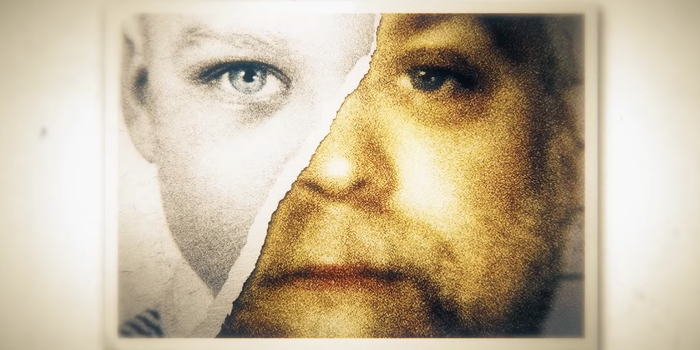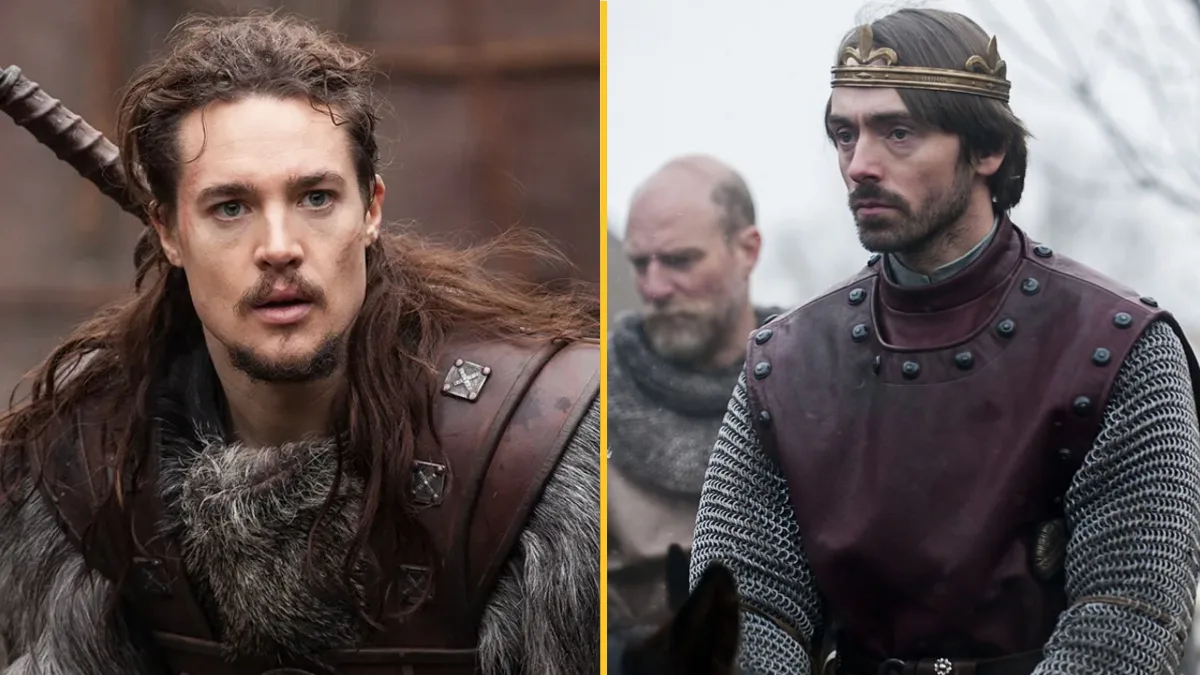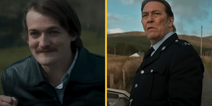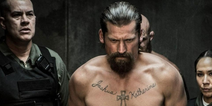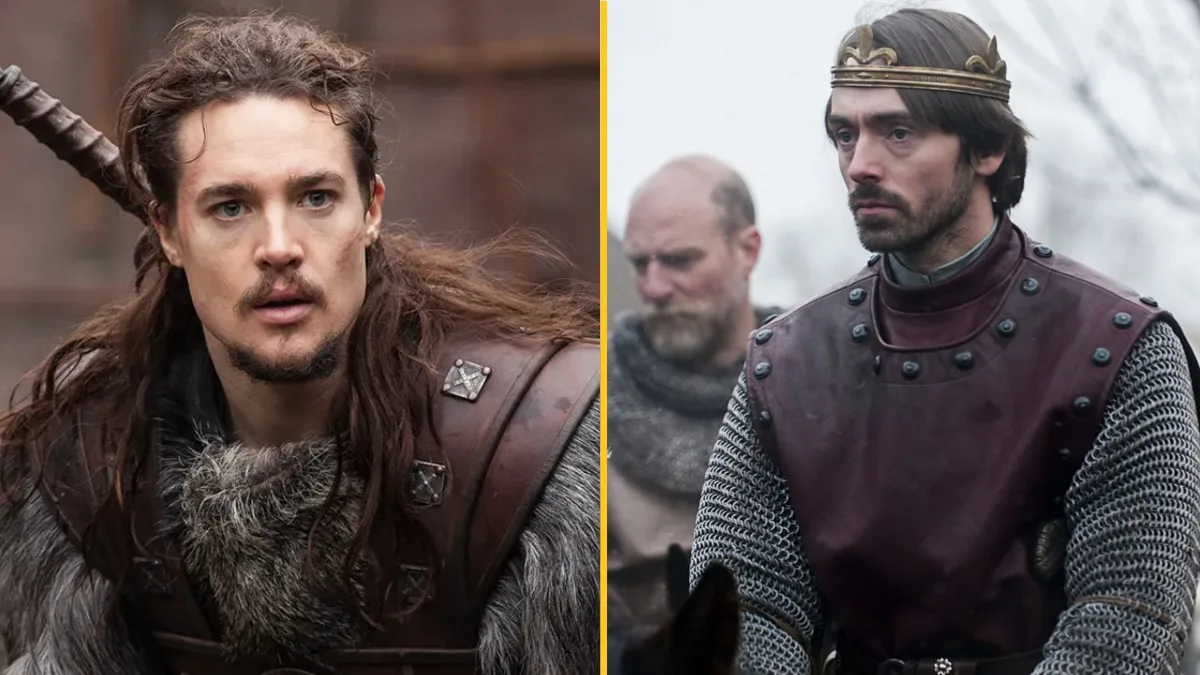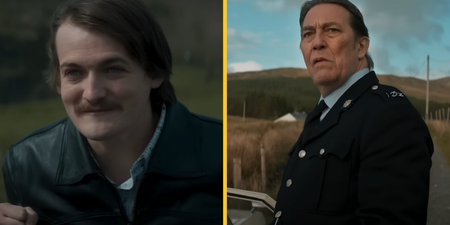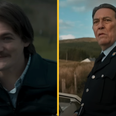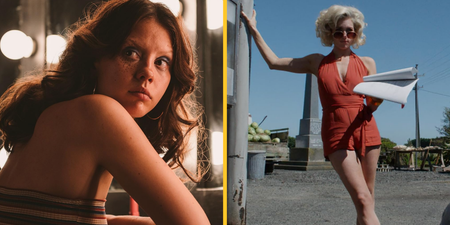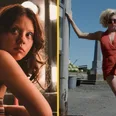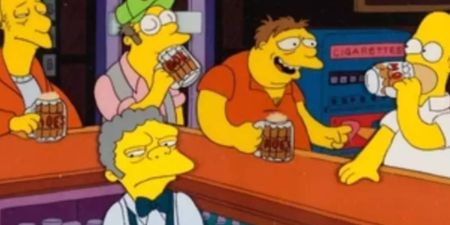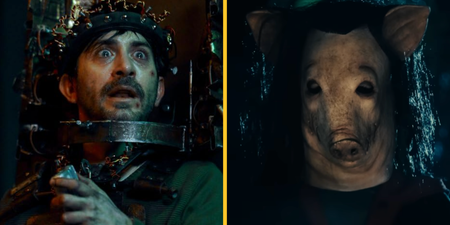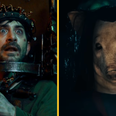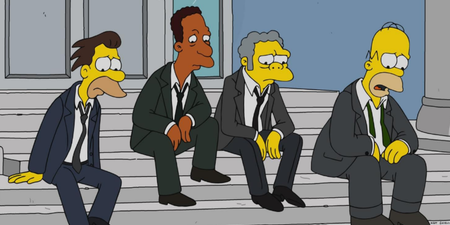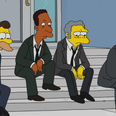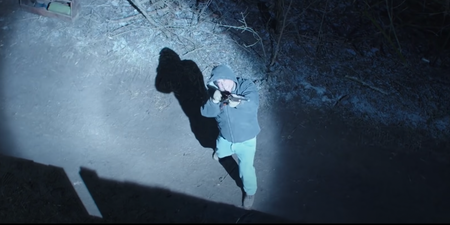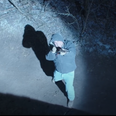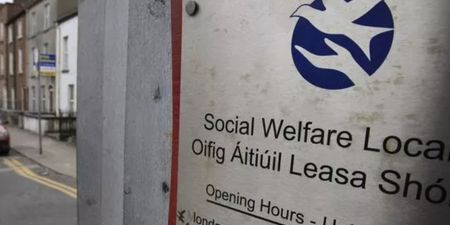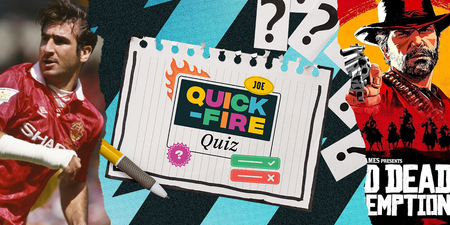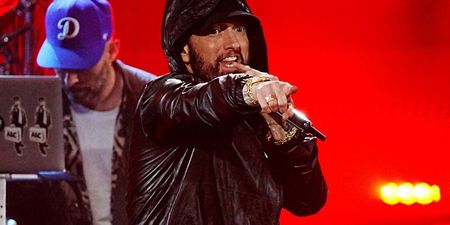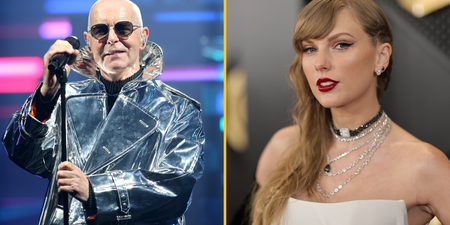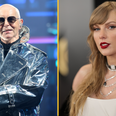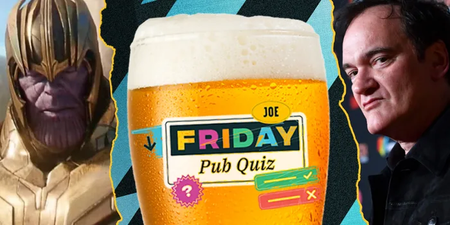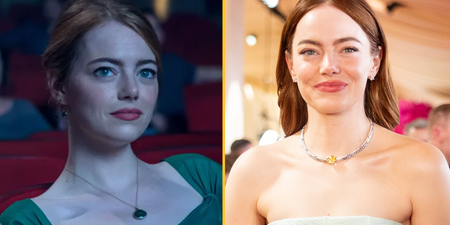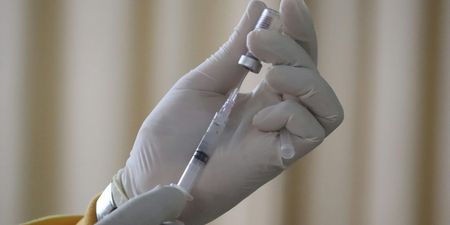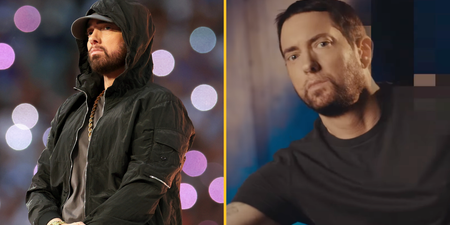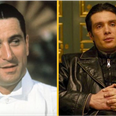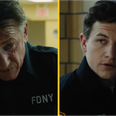A topic that every viewer has been curious about.
In terms of making any film or TV show, it’s often said that even the worst footage/performance/interview etc can be saved by a good editor because in many ways, what’s left out of a feature is usually more interesting than what’s included in the final product.
As we all know, editing is an incredibly selective and ruthless process but it’s absolutely vital for any feature.
This being said, when it comes to documentary features, the editing process takes on a different layer of significance due to the genre’s associations with the pursuit of truth and narrative objectivity.
As stated previously, the directors of Making A Murderer, Laura Ricciardi and Moira Demos, are very aware and conscious of the story that they’re telling because there’s no escaping the fact that they’re discussing the heinous murder of a young woman. On top of this, there’s the allegations that Steven Avery and Brendan Dassey are victims of a broken policing and judicial system.
Netflix’s documentary series Making A Murderer has sparked debate about corruption, coverups, and a cracked US justice system, but with Part Two set to be released this week, JOE met with Laura Ricciardi and Moira Demos to discuss their process.
Granted, the documentarians are driven by the pursuit of truth and justice, but there’s no denying that they’ve a duty to tell the story in an honest, upfront and impartial fashion.
Prior to the release of Part Two, we asked them about the editing process that’s required for a case that’s so complex and important. In Part One, the duo filmed over 1,000 hours of footage and this had to be condensed into a 10-part series.
That’s a staggering task.
In the face of such a labyrinth investigation and serious allegations of corruption, the ability to tell a story that’s objective, engaging and unbiased becomes even more difficult – a task that the show’s co-director and editor, Moira Demos, is all to aware of.
“It’s a long process. You certainly are thinking as a storyteller. Laura and I met at graduate film school which was a narrative programme where you’re learning about things like three-act structure. We think of Steven as a protagonist, you know, he has a want and in Part 1, it was to prove his innocence and clear his name. There were obstacles to that, so you’re thinking in dramatic terms,” said Demos.
When the duo started started making Part 1, they duo relocated from New York City to Manitowoc County, Wisconsin, to document the trial of Steven Avery. In fact, the footage that they obtained was almost seized by the State of Wisconsin.
This being said, the filmmakers were steadfast and believed in the work that they were doing.
Ultimately, they would get to know these people but Demos and Ricciardi remained objective and committed to their
“We’re also two people that moved to Wisconsin and shot on location and witnessed these events ourselves. We spent hours and hours with these people while filming, said Demos. “There’s an element where you’re almost like a poet, you’ve just got a few words to capture something and define what a person is like and their world view.
“It’s about making choices but the more I work with the footage having edited 20 episodes, I’ve honestly found that I’d liken this process to sculpture. You’re chipping away and discovering the person,” she adds.
The fruit of their work can be seen when Making A Murderer: Part Two is released on Netflix on 19 October.
Clip via Netflix
LISTEN: You Must Be Jokin’ with Aideen McQueen – Faith healers, Coolock craic and Gigging as Gaeilge
